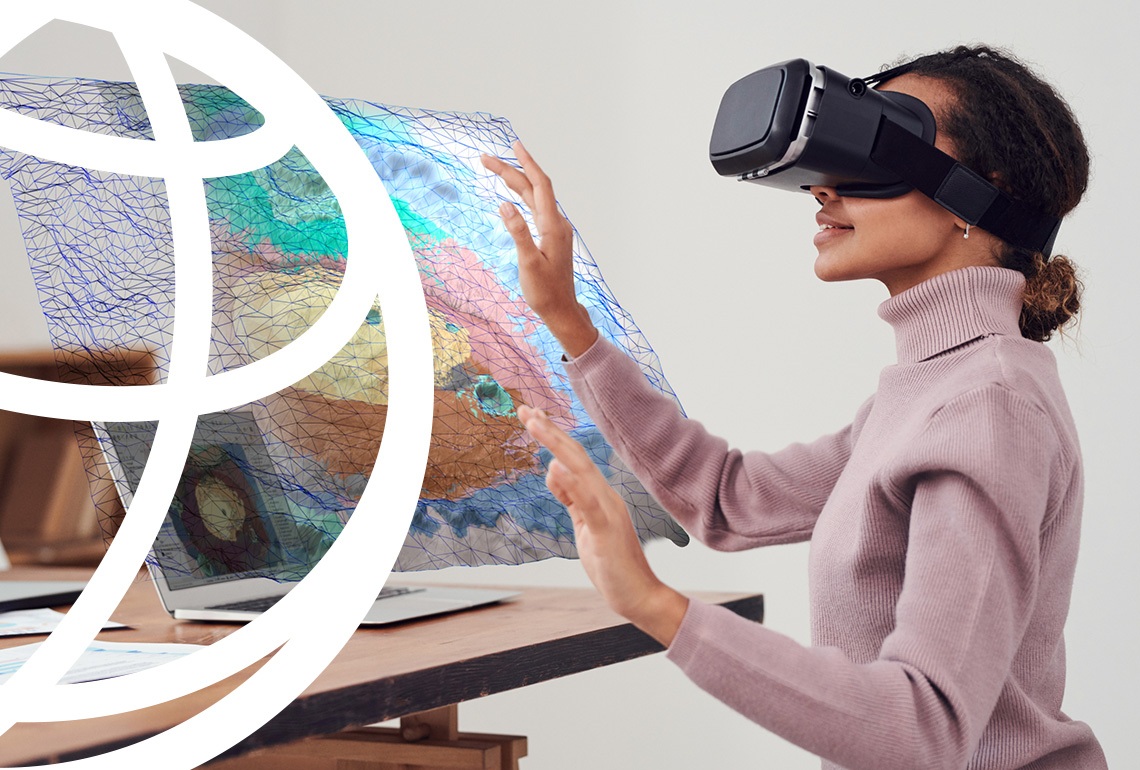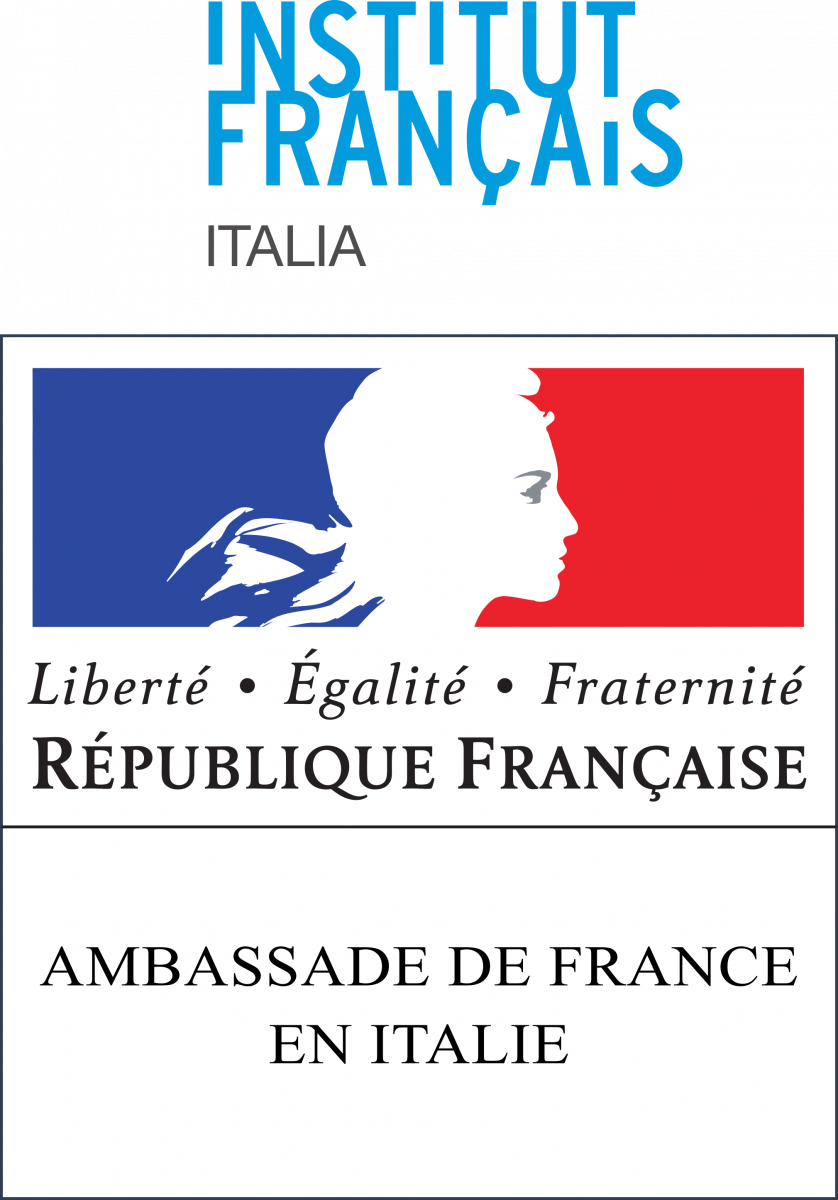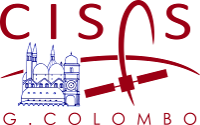CASSINI WORKSHOP
Virtual Reality environments for planetary applications and training for astronauts

However, it is precisely the human exploration to be the more effective in validating remote sensing observations. From a practical point of view, indeed, a rover cannot fully substitute the humans observational skills; coupling rover observations with Virtual Reality (VR) can partly overcome such a problem.
The processing and merging of orbital and ground-based data allowed the reconstruction of accurate 3D Digital Outcrop Models of the planetary surfaces that led to the realization of VR environments simulating the real planetary surface.
By using the innovative VR technologies, the user can immerse itself within a virtual environment where it can interact with objects and the environment by means of varied dedicated tools. From this perspective, it is possible to study and analyze full 3D shaped and scaled geological features and structures.

This provides a base for geological observations and in situ interpretations useful for both the understanding of the past geological processes of the planetary surfaces and for the preparation of future (even manned) space missions.
Nowadays, one of the main applications of the VR could be the simulation of a real workspace for astronauts, where they can develop their skills and have a whole real-world experience of another planet.
The VR, indeed, is a multi-layered environment providing access to several levels of information coming from different data sources. In this way it is possible to visualize orbital, ground-based and spectral data, to superimpose geological maps and realize virtual geological sections, to project underground structures, to characterize possible interesting landing sites for human exploration.
PROGRAM
14:00
Introduction to the Virtual Reality environments for planetary applications and training for astronauts workshop.
Gloria Tognon (UNIPD)
14:15-15:00
Application of VR in the ESA-PANGAEA astronaut training and future applications in planetary geology exploration*
Loredana Bessone (ESA) and Francesco Sauro (ESA, UNIBO-BiGeA)
15:00-16:15
From DOM to virtual environments**,***
Gwenael Caravaca (CNRs-LPG); Stephane Lemouélic (CNRs-LPG); Nicolas Mangold (CNRs-LPG)
17:00-19:00
Lead: Stephane Lemouélic (CNRS) and Gwenael Caravaca (CNRS)
VR practical activity for science measurements.***
Gwenael Caravaca (CNRS); Stephane Lemouélic (CNRS-LPG); Gloria Tognon (UNIPD); Gloria Tognon (UNIPD); Ilaria Tomasi (UNIPD)
PARTICIPANTS REQUIREMENTS AND REGISTRATION
The organization of this virtual workshop is conditioned by the availability of the participants to use their own headsets for the Virtual Reality or, according to the covid19 limitations, for them to come to the institutions that will allow a full experience in the VR environments by means of the headsets put at their disposal.
The institutions hosting the VR experience are the University of Padua (Italy), the LPG-CNRS of Nantes (France) and the University of Muenster (Germany).
The correct filling of the registration form will allow the best organization of the workshop. Depending on the number of subscribers, a selection might be necessary.
FUNDING AND INVOLVED INSTITUTIONS
The Cassini workshop is promoted and funded by the Ambassade de France en Italie/Institut français d'Italie and co-funded by the Center of Studies and Activities for Space "G. Colombo" of Padua.
The institutions participating to the workshop are the Università degli Studi di Padova (UNIPD), the LPG-CNRS of Nantes, the University of Muenster (WWU), the Università di Bologna (UNIBO-BiGeA) and the European Space Agency (ESA).
** available to registered participants equipped with headsets for VR
*** available to registered participants free to reach the institutions of Padua, Nantes or Muenter


